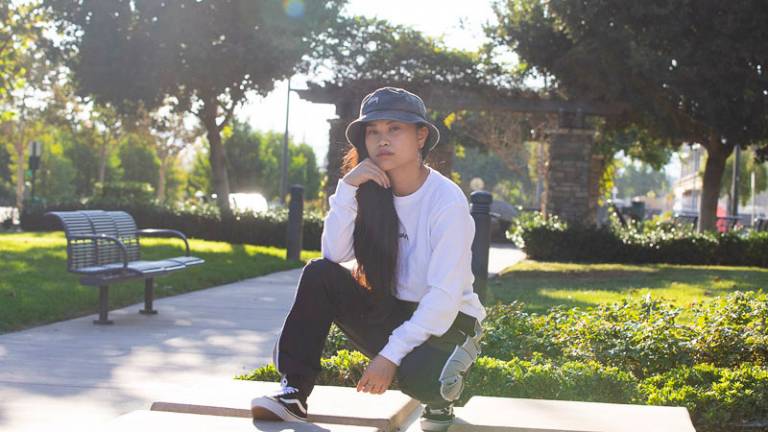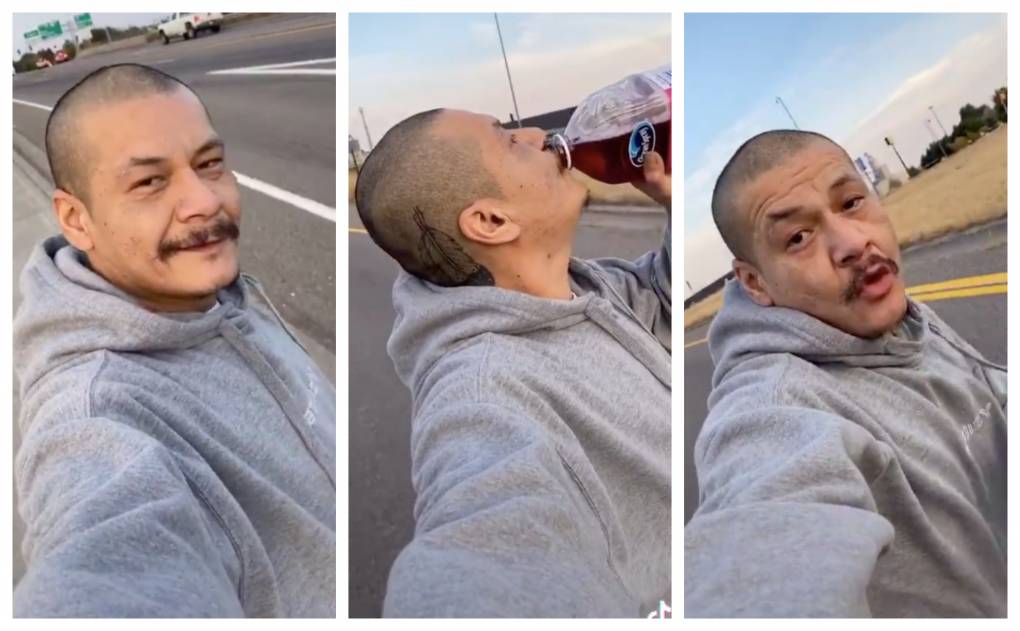Animation in music isn’t a novel concept, but the pandemic has given it new relevance. Animated music videos saw their first meaningful boom in the ’80s. And stars of the 2000s, including Kanye West and Gorillaz, helped popularize the 2D format even further.
In recent years, artists who grew up in the ’90s watching Sailor Moon, Naruto, and Adult Swim’s Toonami have shown animation’s lasting influence on their work (Lil Uzi Vert and Megan Thee Stallion, for starters), but the medium hasn’t been as mainstream as it is now. With limitations and increased costs due to COVID-19 precautions, shooting live-action videos has been less feasible, opening the door for the massive rise in animated music videos we’ve seen in the last few months.
“Across the industry, animation has gotten this huge uptick in production. Because of the way animation is produced, everyone can work from home easily, whereas with live action you need to be there with your co-stars, the production crew and all this other stuff,” Arthell Isom explains. Based in Tokyo, Isom is co-founder of D’ART Shtajio, the first Black-owned anime studio in Japan and the creators of The Weeknd’s “Snowchild” video. “Artists still want to get their music out and make videos, and animation is a vehicle to do that.”
M
any videos originally planned as live-action were actually adapted into animation after COVID-19 restrictions rolled out. For London-based animator Jack Brown, who animated and directed both “Nightrider” and “Tidal Wave,” quarantine became a rare opportunity to work for an artist he had long admired—and a chance to break down barriers in the music industry around animated work.
“We’re so used to us [animators] emailing people like, ‘Hey, does your band want an animated music video?’ and them going ‘No, it’s too weird, it doesn’t fit with the image,’” says Brown. “And all of a sudden these people are emailing us back and going, ‘Actually, we changed our minds.’ It was a noticeable flip of a switch.”
Both Isom and Brown hope that animation in music will continue to grow, even as live-action production starts up again. The way they see it, animation offers a freedom beyond what’s possible in reality, and they want to share that with viewers. For artists and fans alike, the ability to both create and escape into an alternate reality is incredibly enticing—especially at a moment when climate disasters, political tumult and a highly-infectious pandemic are sweeping the globe.
L.A. musician Michi Guerrero recently released an animated music video for her single “Escondida” in collaboration with Spanish animator Maria Medem and creative director Haley Appell, and she’s found respite in creating a world that transcends barriers when real life feels full of them. “I had imagined [the ‘Escondida’ video] being live,” Guerrero says. “But as it went on, [I realized] we literally have so much freedom within animation. It’s still that collaborative working together, and what we envision is still there, just in a different medium.”
Working in animation created the opportunity for an international collaboration, which helped Guerrero dream bigger than she could when shooting videos locally. “It’s all about finding the positives,” she says. “We’re not completely stripped of everything.”
P
sychologically, the freedom to go beyond reality can also positively impact mental health—another reason why many of us have gravitated towards cartoons in during the pandemic. Avatar: The Last Airbender became the top-streamed show on Netflix after it was added in May, for instance, even though it hadn’t had a new episode in 12 years.
In an article for VICE in 2017, Elizabeth Sherman spoke with New York psychotherapist Dr. Laurel Steinberg about the psychological benefits of watching animation. “Cartoons model higher frustration tolerance and activate a person’s problem solving abilities,” said Steinberg. She believes that building up these basic problem-solving skills can improve life circumstances and alleviate anxiety and depression in the long term.





